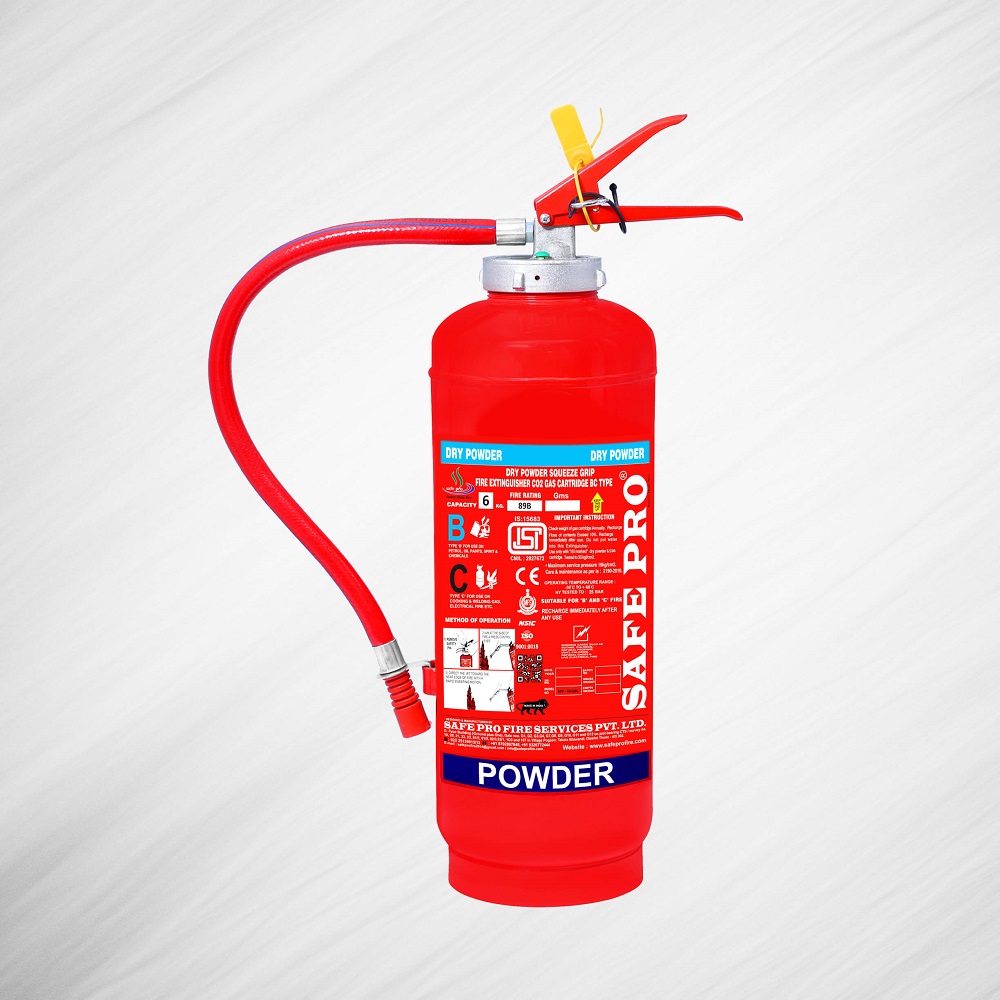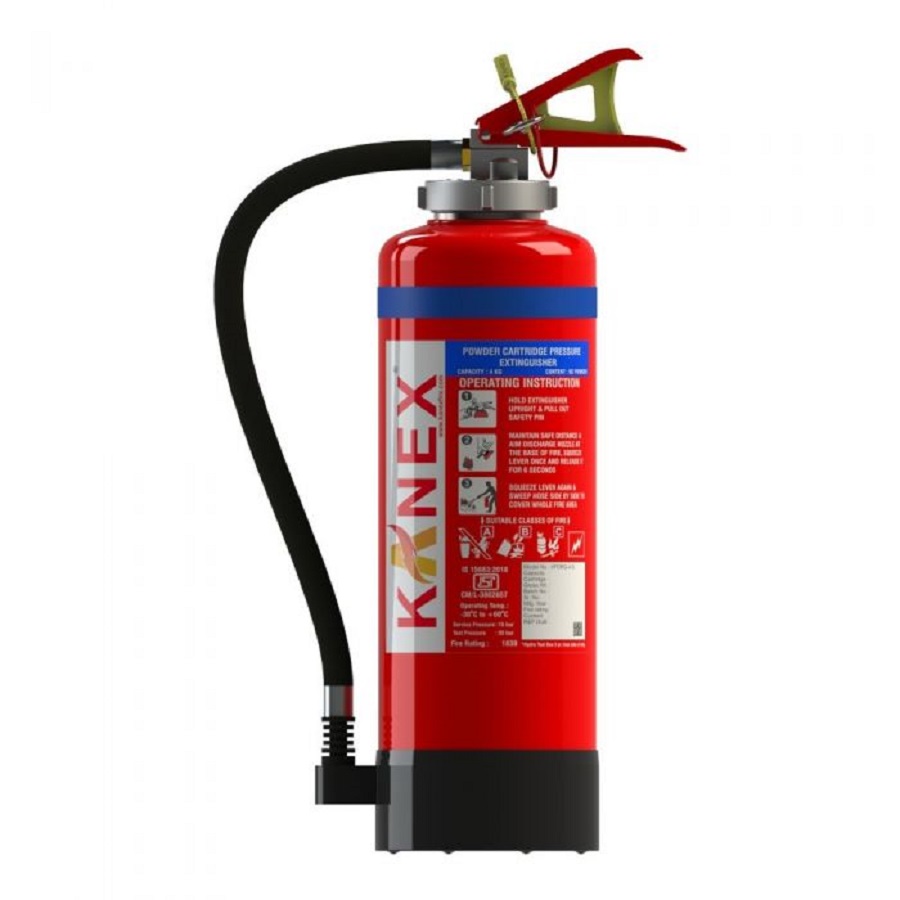Ensuring safety in our homes should always be a fundamental priority, and a critical component of that is fire safety. Among the various types of fire extinguishers, Type C fire extinguishers play an essential role in protecting homes from electrical fires. This article dives into the necessity of having Type C fire extinguishers in every household, the nature of electrical fires, how to use these extinguishers effectively, and the legal requirements surrounding fire safety.
Understanding Type C Fire Extinguishers
What are Type C Fire Extinguishers?
Type C fire extinguishers are specifically designed to combat fires that involve electrical equipment and appliances, including wiring, circuit breakers, and outlets. These fires are particularly dangerous because traditional extinguishing methods, such as using water, can elevate the risk of electrocution. Type C extinguishers contain non-conductive agents, allowing you to safely douse a fire without the risk of electrical shock.
Why You Need Type C Fire Extinguishers in Your Home
In a world increasingly dependent on electrical devices, having a Type C fire extinguisher readily available is not just a matter of convenience; it is essential for safety. A growing number of electrical fires occur annually, often leading to significant property damage and potential injuries. According to the National Fire Protection Association (NFPA), nearly 51,000 electrical fires were reported each year, resulting in hundreds of civilian deaths and thousands of injuries. Having a Type C fire extinguisher at hand can make all the difference in quickly responding to a small fire before it escalates.

The Nature of Electrical Fires
Causes of Electrical Fires
Electrical fires can be ignited by various factors, and understanding these causes can significantly aid in prevention. Common causes include faulty wiring, appliance malfunctions, overloaded circuits, and the use of extension cords. Poorly maintained electrical systems can lead to short circuits, sparking near flammable materials, resulting in a potentially devastating fire. Strings of holiday lights and improperly maintained or outdated appliances can also be culprits in initiating electrical fires. As such, an intelligent approach to electrical safety includes not only having a Type C fire extinguisher but also adopting specific lifestyle strategies to mitigate risk.
Recognizing the Signs of an Electrical Fire
Identifying the early signs of an electrical fire can help prevent disaster. Subtle signs like flickering lights, frequent tripping of circuit breakers, and the smell of burning plastic can signal underlying electrical issues. Additionally, if any appliance or extension cord is hot to the touch, these can indicate overheating, which may lead to fire. Always be vigilant and proactive about maintaining your electrical systems, using surge protectors, and ensuring that wiring is up to code. Being aware of these warning signs can add another layer of safety in your home when paired with the accessibility of a Type C fire extinguisher.
How to Use a Type C Fire Extinguisher
The PASS Technique
Knowing how to use a Type C fire extinguisher effectively can be a life-saving skill. The PASS technique is a simple acronym that stands for Pull, Aim, Squeeze, and Sweep. First, Pull the pin to unlock the extinguisher’s mechanism. Next, Aim the nozzle toward the base of the fire, as targeting the flames directly will not be effective. Then, Squeeze the lever slowly to release the extinguishing agent. Finally, Sweep the nozzle from side to side while keeping the extinguisher at arm’s length, ensuring that the agent reaches the entire fire area.
Safety Precautions When Using Fire Extinguishers
While Type C fire extinguishers are a vital safety tool, there are essential precautions to take during their use. Always ensure that the area is not heavily smoke-filled, as this may limit visibility and create a hazardous breathing environment. Ensure that your exit path is clear before approaching the fire, as early intervention can quickly become dangerous. Additionally, if the fire begins to spread or the smoke becomes overwhelming, evacuate immediately and call emergency services. The knowledge and readiness to use a fire extinguisher can save lives, but your safety should always come first.

Legal Requirements and Fire Safety Standards
Understanding Fire Codes and Regulations
Fire safety regulations outline the requirements for homeowners regarding fire extinguishers, including placement, type, and maintenance of units. The National Fire Protection Association (NFPA) and local fire codes commonly dictate that homes should have at least one portable fire extinguisher per floor. More specifically, regulations often require that families have extinguishers based on the specific fire risks associated with their homes, which is where Type C fire extinguishers become crucial for homes with significant electrical equipment.
Maintenance and Inspection of Fire Extinguishers
Accidents can happen, and to ensure preparedness, regular maintenance and inspection of fire extinguishers is imperative. Homeowners should visually check their fire extinguishers monthly, looking for clear signs of damage, ensuring the pressure gauge is in the green zone, and checking for any blockage in the nozzle. Additionally, professional servicing according to manufacturer guidelines or fire safety regulations is recommended at least once a year to guarantee that the extinguishers function correctly when needed.
Creating a Fire Safety Plan
Developing a Fire Escape Plan
While having Type C fire extinguishers is crucial, equally important is a comprehensive fire safety plan that includes an escape route. Every household should have an escape plan that outlines specific exits and meeting points for family members. Mark exit points in case of an electrical fire emergency, which may leave unfamiliar areas with thick smoke. Regular fire drills can also familiarize household members with these routes, making escape second nature during a real emergency.
Educating Family Members
Every member of the household should understand the general principles of fire safety and specifically the use of Type C fire extinguishers. Education shouldn’t be limited to adults; children should also learn how to recognize dangerous situations and respond accordingly. Consider including lessons on the specific hazards of electrical equipment, how to dial emergency services, and where the fire extinguishers are located. Empowering family members with knowledge can lead to quicker and safer responses in emergencies.
Regular Equipment Maintenance
In addition to developing an effective fire escape plan, it’s crucial to ensure that all fire safety equipment, including Type C fire extinguishers, smoke alarms, and fire blankets, are in proper working order. Conduct regular checks on extinguishers to ensure they are easily accessible, have not expired, and fully charge. Smoke alarms should have their batteries replaced at least once a year and be tested monthly to confirm they are functioning. Establishing a routine maintenance schedule for this equipment can significantly reduce the risk of fire-related incidents and enhance overall home safety.

Conclusion
A Lasting Commitment to Home Safety
In conclusion, the importance of having Type C fire extinguishers in every home cannot understate. Electrical fires continue to rise in frequency, and without proper equipment and preparedness, the consequences can be disastrous both in terms of property damage and personal safety. Incorporating Type C extinguishers into your fire safety plan, along with regular maintenance, education, and proper escape plans, will significantly enhance your home’s safety.
Emphasizing Prevention and Preparedness
As you work to secure your home against potential fire hazards, consider the bigger picture—fire prevention and preparedness. Understanding the risks associated with electrical systems and taking proactive measures to eliminate or mitigate them can offer a more secure living environment. Regularly updating knowledge on fire safety practices, participating in fire drills, and being vigilant about electrical maintenance will ensure that all residents can live comfortably and safely.
By prioritizing fire safety measures that include Type C fire extinguishers, you invest not just in equipment but in peace of mind for you and your loved ones. Don’t wait for a fire to occur; act now to ensure that your home is ready and equipped to handle any emergency swiftly and safely.


